
Barrow
Formed 1901
Founder member of Division Three (North) 1921. Failed re-election 1972.
Promoted to League Two 2020
Kit History
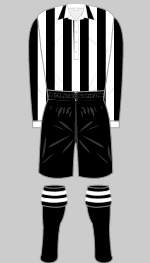
1901-1902 g n

1902-1908
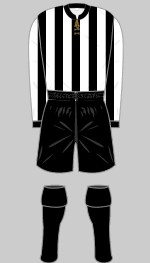
1908-1909 n
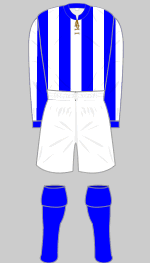
1909-1910 r
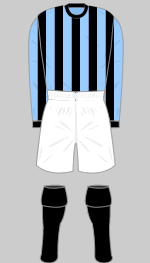
1910-1911 n
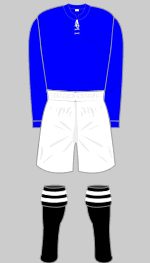
1912-1913 e

1913-1920
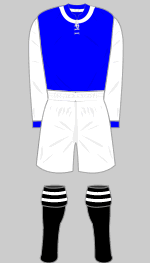
1920-1921 a
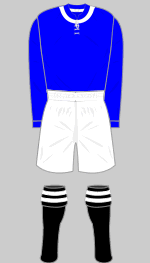
1921-1922 g
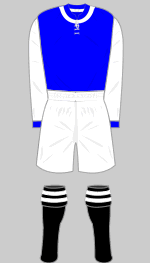
1922-1923 g

1923-1924 l
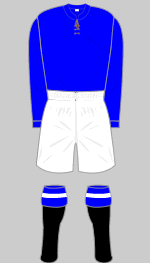
1924-1925 l
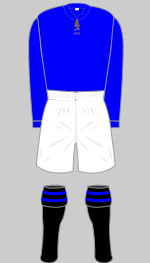
1925-1926 x
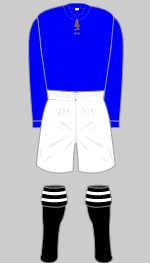
1926-1927 l n

1927-1930
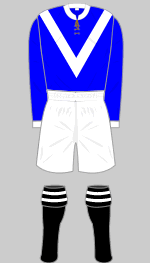
1930-1931 o
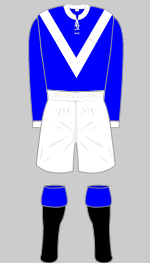
1931-1932 l
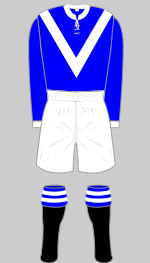
1932-1933 h
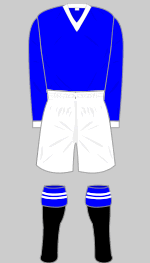
1933-1935 e j o p
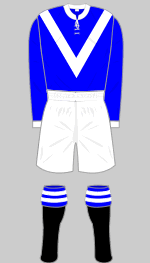
1935-1938 e j
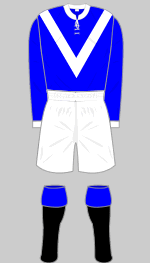
1946-1947 k
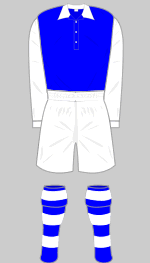
1947-1950 e o
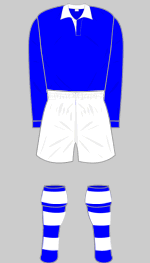
1950-1952 l o p
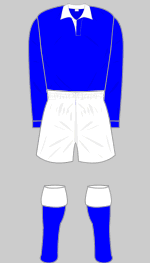
1952-1953 d j l
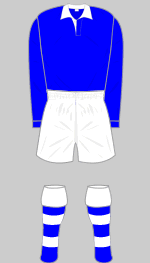
1953-1955 o
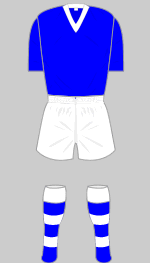
1955-1956 o
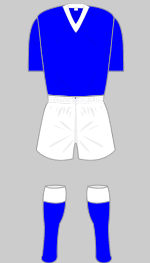
1956-1957 p
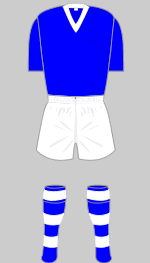
1957-1959 e
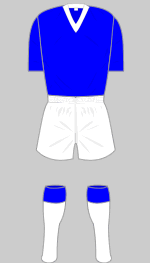
1959-1960 0
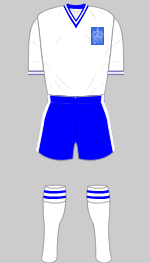
1960-1961 l
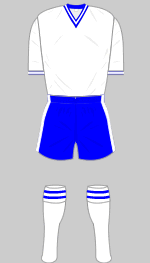
1961-1962 o
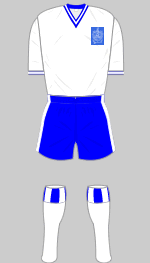
1962-1963 e
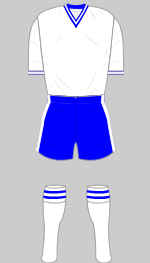
1963-1964 l
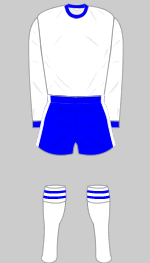
1964-1966 c e o
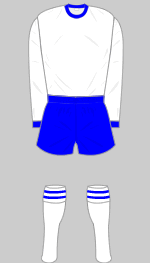
1966-1967 e p
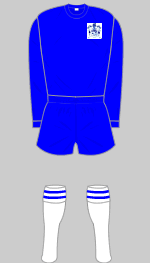
1967-1968 e o
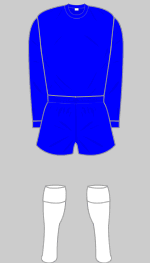
1968-1969 e
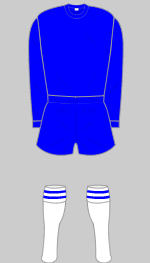
1969-1970 i
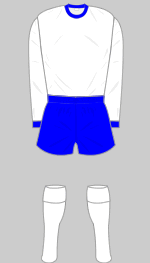
1970-1973 b e o p
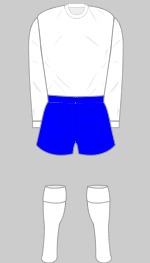
1973-1975 o
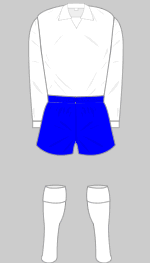
1976-1977 o
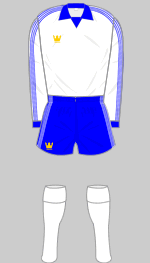
1977-1978 i
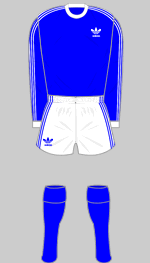
1978-1979 i
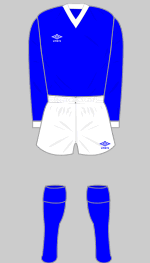
1979-1981 i o
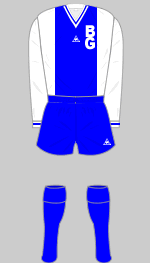
1981-1982 o
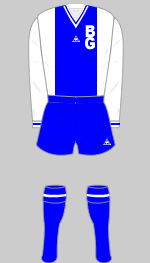
1982-1983 o
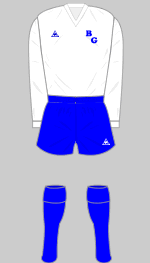
1983-1984 i
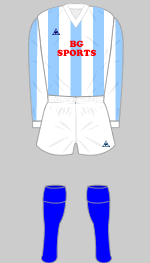
1984-1985 o
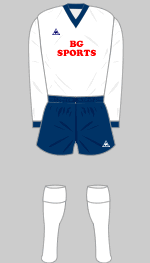
1985-1986 o
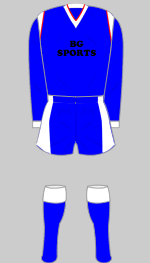
1987-1988 o
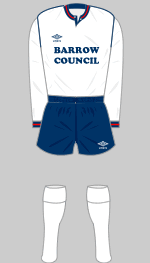
1988-1989 o
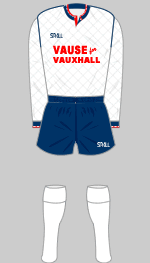
1989-1990 o p
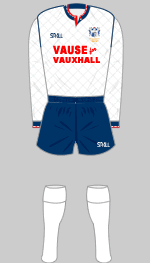
1990-1991 q
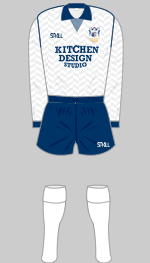
1991-1992 o
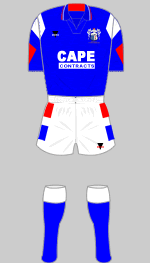
1992-1993 o q
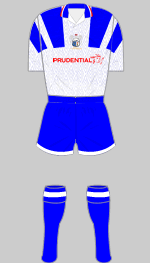
1993-1994 o q
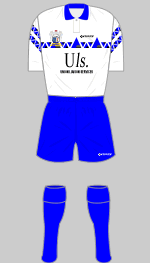
1994-1995 o y
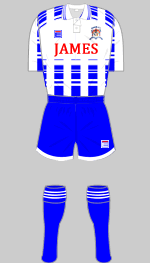
1995-1996 o
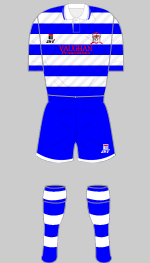
1996-1997 o q
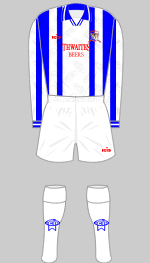
1997-1998 o q
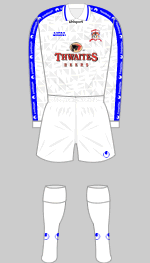
1998-1999 o q
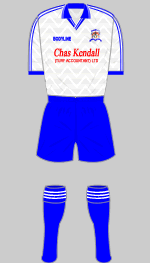
1999-2000 o q
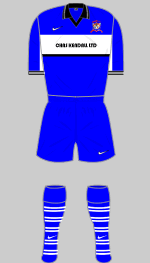
2000-2001 o q
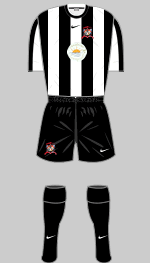
2001-2002 q s
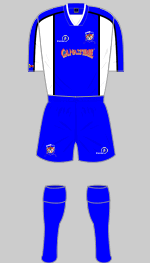
2002-2003 oq
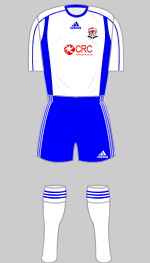
2003-2004 o q
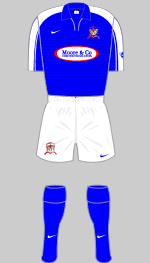
2004-2005 o q
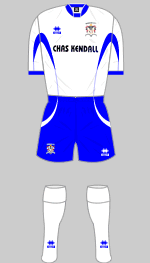
2005-2006 q
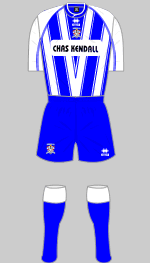
2006-2007 q t
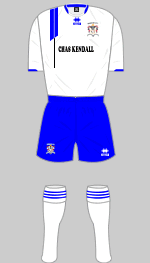
2007-2008 o q
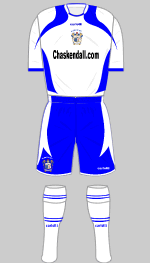
2008-2009 o q
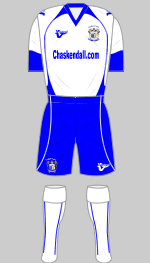
2009-2010 s
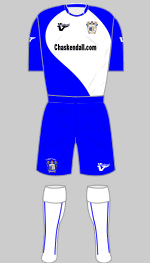
2010-2011 o q
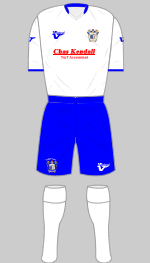
2011-2012 o q s
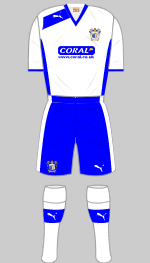
2012-2013 q u
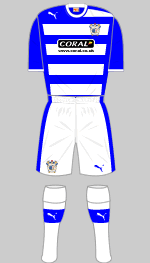
2013-2014 q v
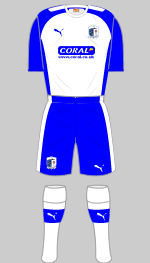
2014-2015 o q
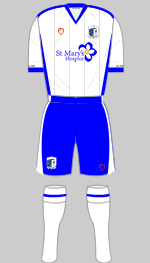
2015-2016 q s
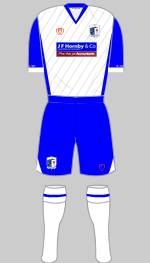
2016-2017 q s
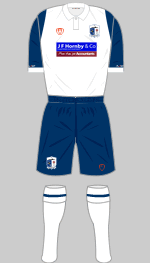
2017-2018 q s
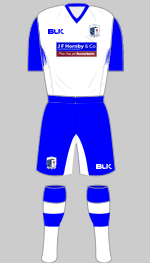
2018-2019 q s
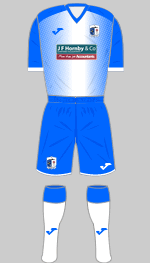
2019-2020 q w
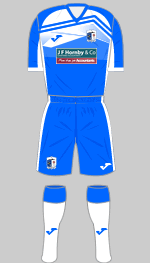
2020-2021 w
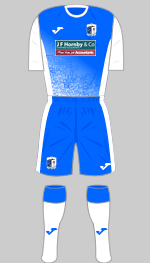
2021-2022 w
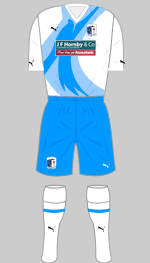
2022-2023 w
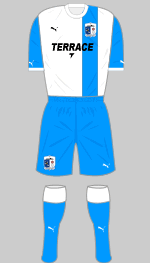
2023-2024 w

2024-2025 w
Background
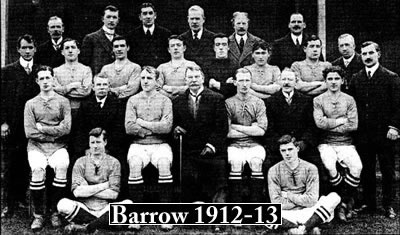 On 16 July 1901 one Mr Hinds,
a publican arranged a public meeting at the Drill Hall in Barrow-in-Furness to garner
support for a football club. £280 in subscriptions was raised and
Barrow FC was born. Two months later the new club was admitted to the
Lancashire League and played their first match against Blackpool in front
of 4,000 spectators. The season brought a financial loss, a perennial
feature of Barrow’s existence. Faced with stiff competition from
the town's rugby league side and given their geographical isolation, life
was destined to be a constant struggle.
On 16 July 1901 one Mr Hinds,
a publican arranged a public meeting at the Drill Hall in Barrow-in-Furness to garner
support for a football club. £280 in subscriptions was raised and
Barrow FC was born. Two months later the new club was admitted to the
Lancashire League and played their first match against Blackpool in front
of 4,000 spectators. The season brought a financial loss, a perennial
feature of Barrow’s existence. Faced with stiff competition from
the town's rugby league side and given their geographical isolation, life
was destined to be a constant struggle.
In 1921 The Bluebirds won the Lancashire Combination and
successfully applied to join the new Football League Third Division (North).
They kicked off their League campaign at home against Stockport County,
losing 0-2. The club’s priorities were about survival and it was
not until the late 1960s that they achieved 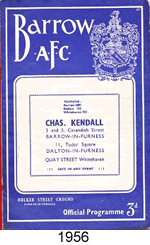 promotion.
promotion.
The town’s main, indeed practically only, employer after the steelworks closed following the end of World War II was the Vickers Armstrong Company whose shipyard built warships and submarines for the Royal Navy. During the Forties and Fifties only generous donations from the company kept the club in being.
From 1955 or thereabouts, the club adopted the coat of arms of the County Borough of Barrow-in-Furness as their crest. Although this was printed on programmes right up until 1966 it did not appear on the team's shirts until 1960.
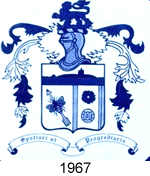 In 1967, Barrow won promotion for the first and
only time, finishing third in Division Four. To mark their success a newly designed club crest was adopted. This featured a submarine to signify Barrow's specialist shipbuilding heritage, a red rose (historically the town was in a detached enclave of Lancashire), a football (to distinguish them from their rugby league namesakes and (here it's hard not to smile) a bee-arrow - B-arrow.
In 1967, Barrow won promotion for the first and
only time, finishing third in Division Four. To mark their success a newly designed club crest was adopted. This featured a submarine to signify Barrow's specialist shipbuilding heritage, a red rose (historically the town was in a detached enclave of Lancashire), a football (to distinguish them from their rugby league namesakes and (here it's hard not to smile) a bee-arrow - B-arrow.
The following year the team finished eighth in Division Three, their highest ever placing. It would be all downhill from here. A disastrous campaign in 1969-70 lead to relegation and in 1972, the club faced re-election for the eleventh time. Never a popular destination for visiting fans or players, Barrow's lack of ambition finally caught up with them and they lost out to Hereford United whose FA Cup exploits had captured the public imagination. Barrow joined the Northern Premier League and despite leading a constant hand to mouth existence, the club continued to draw a small but loyal support.
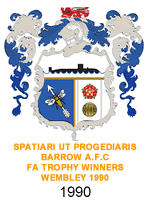 The infamous speedway track that separated supporters from the pitch was finally removed in 1974 and in 1981 the team won the Lancashire FA Challenge Trophy. In 1990 Barrow won the FA Trophy, their first major honour, adding the club crest to their shirts to celebrate.
The infamous speedway track that separated supporters from the pitch was finally removed in 1974 and in 1981 the team won the Lancashire FA Challenge Trophy. In 1990 Barrow won the FA Trophy, their first major honour, adding the club crest to their shirts to celebrate.
In 1995 the club was bought by Stephen Vaughan who poured in money to build an all-seated stadium. Vaughan, who had serious criminal associates, was under investigation for money laundering and in 1998 he left, withdrawing his financial support but not before the Holker Street ground had been sold to a company that he 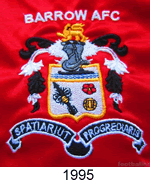 had an interest in. Vaughan's subsequent career involved overseeing the ruination of Chester City FC, convictions for VAT fraud and a prison sentence for police assault as well as some very dubious deaings at Bangor City AFC.
had an interest in. Vaughan's subsequent career involved overseeing the ruination of Chester City FC, convictions for VAT fraud and a prison sentence for police assault as well as some very dubious deaings at Bangor City AFC.
In 1999 a liquidator was appointed to oversee the running of the club pending its dissolution and Barrow were expelled from the Conference. With the support of the FA a new members' company was formed and Barrow were permitted to join the Northern Premier League almost a month after the new season had started. Despite the club remaining in administration, the team performed well and once the legal 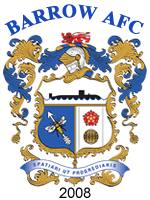 disputes over the ownership of Holker Street were resolved in 2002, the members' company was able to buy the ground from the liquidator and a year later the FA allowed their football registration to be transferred as well. In 2010 Barrow won the FA Trophy for the second time.
disputes over the ownership of Holker Street were resolved in 2002, the members' company was able to buy the ground from the liquidator and a year later the FA allowed their football registration to be transferred as well. In 2010 Barrow won the FA Trophy for the second time.
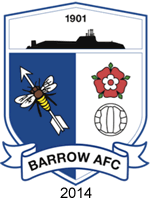 In May 2014 the members voted to sell the club to Dallas businessman, Paul Casson who set the goal of a return to the Football League. The crest was redesigned, dispensing with all the heraldic flummery in favour of a sleek, modern look that retained the essential elements.
In May 2014 the members voted to sell the club to Dallas businessman, Paul Casson who set the goal of a return to the Football League. The crest was redesigned, dispensing with all the heraldic flummery in favour of a sleek, modern look that retained the essential elements.
Barrow were promoted to the Conference National at the end of the following season. After several seasons of consolidation, Casson stepped down in November 2018 and a new management team made up of local businessmen and supporters took on the running of the club.
In March 2020 Barrow were sitting four points clear at the top of the National League when all professional football was suspended with nine matches remaining. In April the clubs voted to end the season with final placings decded on a points-per-game basis. In June, it was confirmed that Barrow would be promoted to League Two after an absence of 48 years.
Sources
- (a) Nelson FC
- (b) Galleries of English Football Cards
- (c) Workington AFC - Images of Sport (Paul Eade 2003)
- (d) Football Focus
- (e) barrowfc.com
- (f) The Football Encyclopaedia (Associated Sporting Press 1934) Information provided by Arthur Fergus
- (g) Rejected FC (Dave Twydell) - information provided by Greger Lindberg.
- (h) Association of Football Statisticians - provided by Pete Wyatt
- (i) Ralph Pomeroy
- (j) Keith Ellis
- (k) Christopher Worrall
- (l) Simon Monks
- (m) Peter Stevenson
- (n) Barrow AFC.net submitted by Peter Naylor
- (o) Peter Naylor & Paul Daly
- (p) pickclick.co.uk
- (q) Old Football Shirts
- (r) Malcolm Gluck
- (s) The Mail
- (t) Barrow AFC match programme (11 November 2006)
- (u) Barrow AFC match programme (23 March 2013)
- (v) Alty Files Archived News
- (w) Barrow AFC Official Website
- (x) Media Store House
- (y) Richard Ingham
Crests are the property of Barrow AFC. Image of the 1956 programme is from Football Programmes.net.